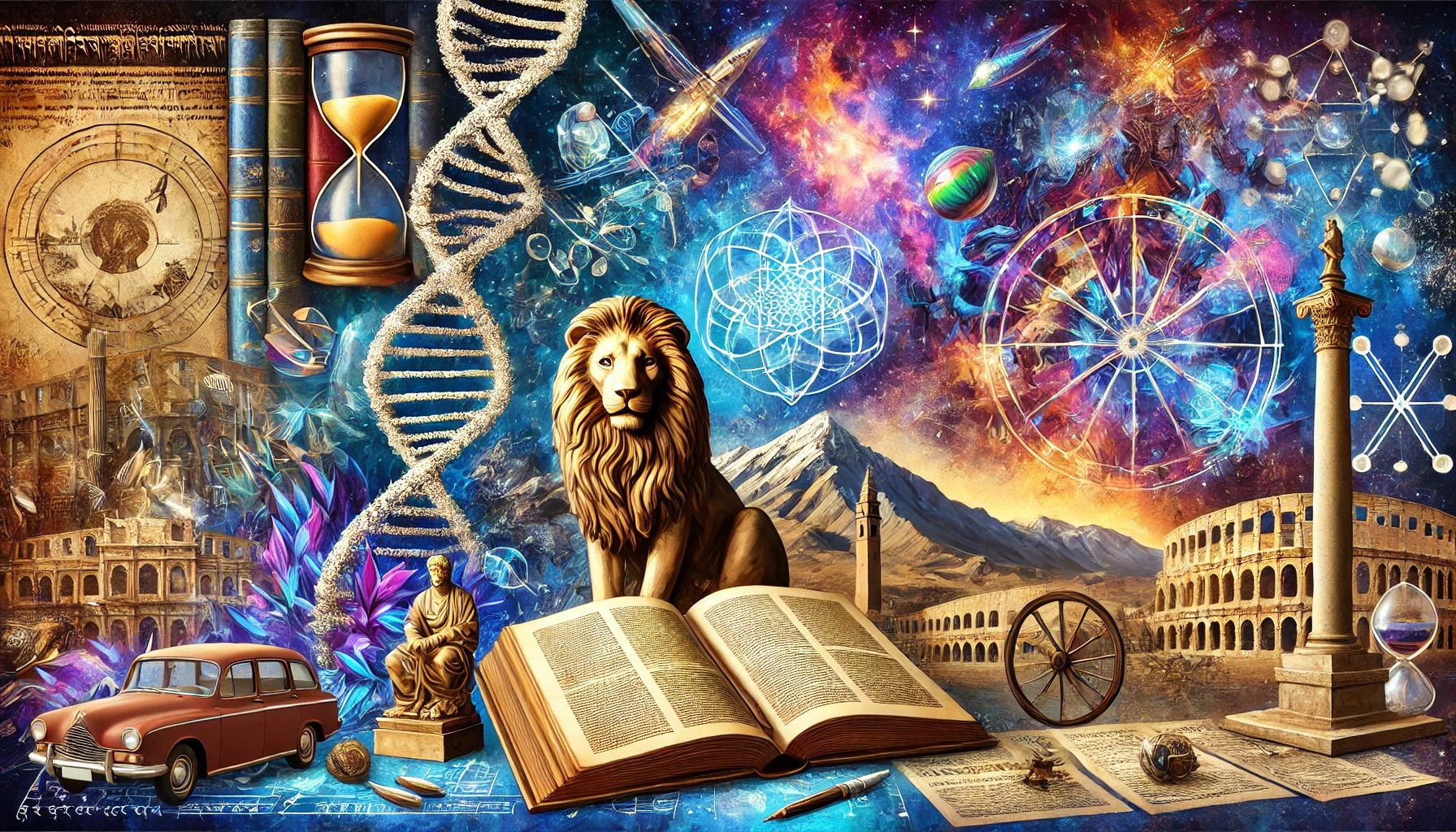Journal of Digital History
(wel geen RSS-feed, grr)
As an international, academic, peer-reviewed and open-access journal, the Journal of Digital History (JDH) will set new standards in history publishing based on the principle of multi-layered articles.
Tog’s paradox
Tog’s Paradox (also known as The Complexity Paradox or Tog’s Complexity Paradox) is an observation that products aiming to simplify a task for users tend to inspire new, more complex tasks. It’s one of the key reasons for the symptom of requirements changing after delivery in enterprise software products, and for feature creep in consumer products. Tog’s Paradox also explains why it’s futile to try to completely nail down requirements for a software product, as the product itself will have an impact on the users, causing them to demand new functions.
The Thought Experiments That Fray the Fabric of Space-Time | Quanta Magazine
A constellation of puzzles suggests that the space-time continuum we seem to inhabit is not fundamental but an approximation of something deeper, and that the concept will eventually be replaced by more basic ingredients in physicists’ next recipe for reality. “People smell it,” said Vijay Balasubramanian, a physicist at the University of Pennsylvania. “And then you’re trying to see where the smell comes from.”
The story behind the Oblivion mod Terry Pratchett worked on | Eurogamer.net
Dit is zo ontroerend schoon.
The Vision Pro reportedly suspended because of ’weak demand’
The Vision Pro made a big splash when it launched earlier this year, but a new report shows just how quickly interest has died down.
It’s only been out for eight months, but The Information is reporting that production is being suspended next month because of “weak demand,” with some suppliers having “already halted manufacturing components since early summer.”
The Lion of St. Mark’s Square in Venice is Chinese: Isotopic Analyses Confirm It | Archaeology News
The Famous Lion of St. Mark’s Square in Venice is Chinese: Isotopic Analyses Confirm its Origins, Possibly Brought by Marco Polo’s Family.
The rarely told story of the fruit flies, primates and canines that preceded us in space | Aeon Videos
In the short documentary The Conquest of Space, the Swedish director Albin Biblom uses archival footage to chronicle the nonhuman animals who paved the way for what many consider to be humans’ greatest accomplishment as a species. In particular, the film highlights the story of the first great ape launched into space in 1961, initially called just ’Number 65’, but named ’Ham’ by NASA scientists upon his safe return. Rendered factually and seemingly without judgment, the film makes for a fascinating slice of space exploration history, while hinting at broader truths about human-nonhuman relationships that know no national borders. The film ends with a list of all the nonhuman animals ever sent to space, a reminder that this form of experimentation continues to this day.
NGC 602 (NIRCam and MIRI image) | ESA/Webb
Ongelooflijk machtig beeld. Klik zeker door op een groter beeld — pakweg Large JPEG aan de linkerkant.
The local environment of this cluster is a close analogue of what existed in the early Universe, with very low abundances of elements heavier than hydrogen and helium. The existence of dark clouds of dense dust and the fact that the cluster is rich in ionised gas also suggest the presence of ongoing star formation processes. This cluster provides a valuable opportunity to examine star formation scenarios under dramatically different conditions from those in the solar neighbourhood.
When You “Save Money” Making a Heat Treat Oven – YouTube
Een oven! En meer interactie met Mevrouw Inheritance Machining!
Inheritance Machining machining is één van die kanalen waar ik meteen alles voor aan de kant zet als er een nieuwe video is.
Humans Are Evolving Right Before Our Eyes on The Tibetan Plateau : ScienceAlert
In the more than 10,000 years the region has been settled, the bodies of those living there have changed in ways that allow the inhabitants to make the most of an atmosphere that for most humans would result in not enough oxygen being delivered via blood cells to the body’s tissues, a condition known as hypoxia.
“Adaptation to high-altitude hypoxia is fascinating because the stress is severe, experienced equally by everyone at a given altitude, and quantifiable,” anthropologist Cynthia Beall of Case Western Reserve University in the US told ScienceAlert.
“It is a beautiful example of how and why our species has so much biological variation.”

